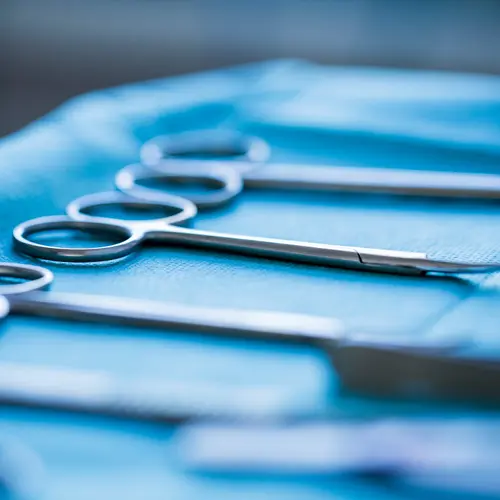With obesity at epidemic proportions in the United States, it's no surprise that many of us are simply eating too much. And one extra-large reason for this is that the portions of food we're served have grown ever-larger over the last few years.
A study published in the Journal of the American Medical Association earlier this year found that average portion sizes for nearly every category of food had increased since the late 1970s, both at home and at restaurants. Likewise, a report in the Journal of the American Dietetic Association found that many popular foods and beverages are now manufactured in sizes up to five times bigger than when they were introduced. Portions for many of these foods now exceed federal recommended standards by as much as eight times!
If we go back in time, a meal at a fast food restaurant might consist of a 4-ounce hamburger, 3-ounce serving of French fries, and a 10-ounce soda (compare that to the 7.6-ounce burger, 7-ounce serving of fries, and 32-ounce drink you might order today). Eating out in restaurants has taught us to also adopt the supersize mentality at home.
The result is that many people no longer know what a portion should look like.
Right-sizing Your Meals
So how do you go about getting your portions under control?
The first step should be to invest in a set of measuring cups and spoons, along with an inexpensive scale. You may be shocked to find out how much you are actually eating.
And don't worry that you'll have to carry a scale and measuring cups everywhere you go. Once you weigh and measure your food a few times, you'll have a better idea of what a normal portion looks like.
Another trick is to use everyday objects to visually estimate portion sizes. According to the American Dietetic Association:
- A teaspoon of butter or margarine is roughly the same size as the tip of your thumb (to the first joint)
- Three ounces of meat is equal to a deck of cards
- One cup of pasta is about the size of a tennis ball
- One bagel is about the size of a hockey puck
- 1 1/2 ounces of cheese is the size of three dominoes
- Two tablespoons of peanut butter is roughly equivalent to ping-pong ball
- A half cup of vegetables is the size of a light bulb
Even after you master the art of portion sizing, eating normal-size portions in a supersized world can take some getting used to. Studies have shown that the more food we see, the more we tend to eat. So the key is to keep large portions out of sight -- and out of mind.
Here are some tips to make it easier:
- Use a luncheon size plate for dinner
- Move the meat off the center of your plate and pile on the vegetables
- Serve plates directly from the stove (no serving dishes on the table) and leave the leftovers out of sight
- Take a small portion of a snack food and put the container away. Better yet, buy these foods individually packaged, or divide the bag into portions and store them in small baggies.
- Try a prepackaged frozen dinner that controls the portions for you
- Put half your restaurant meal in a doggie bag for lunch the next day
It All Adds Up
An extra bite here and there might not seem like much in the scheme of things. But a little too much salad dressing, one more scoop of potatoes, one more pat of butter -- day after day, these extra little helpings add up to sizeable numbers of calories.
According to the Surgeon General, the average adult gains one to three pounds per year by consuming as little as an extra 100 calories per day.
To put things in perspective, 100 calories is the difference between:
- 2 tablespoons of light vinaigrette and 2 tablespoons of creamy dressing
- A small handful of cashews and a large handful
- A regular cheeseburger and a quarter-pound burger
- A medium baked potato and a large one
- Two slices of toast and a medium bagel
- One cup of pasta versus 1 1/2 cups
Understanding serving sizes is key to a successful weight-management program. Your eating plan recommends specific amounts of foods to help you learn to accept portions that will result in weight loss.
So put your new knowledge to work and help stamp out portion distortion. Right-sizing your portions will bring big benefits for your health and your life.
Originally published Aug. 8, 2003
Medically updated Feb. 11, 2005.

